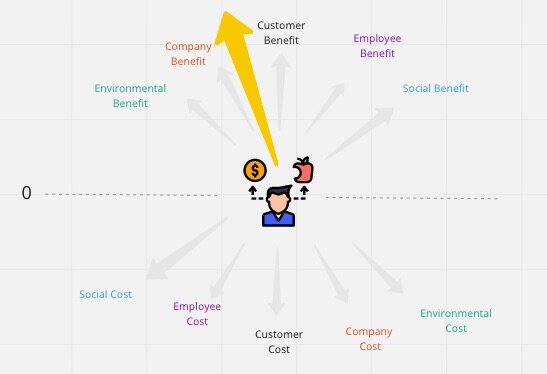Self-Organizing Teams at Quarry Bistro
My wife and brother-in-law own and operate a French/Italian bistro in our little mountain town. They've been in the restaurant industry for 2 decades and are in their 6th year at Quarry. Naomi runs the front of the house and David runs the kitchen. Over the years, I've picked up a lot of knowledge about what it takes to run a successful restaurant. It is a labour of love and not an endeavour to be taken lightly or for dreams of huge monetary returns. I have been fortunate enough to be on the periphery of this and, apart from the odd dish washing shift, have had the luxury of being the unofficial taster of countless culinary gems paired with just enough wine.
During the peak season, when Quarry is busy and tables are turning quickly and constantly throughout the evening, Naomi has often said that the reason is that the team has an innate ability to do two things: prioritize their work and look out for each other.
In the dining room, the staff need to execute on priorities as inputs continue to change: new customers at the door, food ready to be served, tables in need of resetting, patrons ready to order, patrons telephoning for reservations, patrons finishing their first or second course, tables need to be cleared, patrons ready to pay. All this has to be looked after in a timely manner while keeping the ambiance of the room relaxed and enjoyable. While there are specialists on the team, each team member must be able to look after any of these tasks. Further everyone has to be on the look-out for gaps in service which have occurred simply because at any given moment, only the top priorities are being looked after. Upon noticing a gap, what separates the great team members from the ordinary team members is their ability to seamlessly pick up small tasks in the seconds in between their own top priorities. There is an understanding that the overall room efficiency and success is everyone's responsibility.
Similarly in the kitchen, cooks glide past each other in tight quarters, knowing what motions to expect from each other and trusting that each person will be where they need to be given the current state of upcoming orders. The sense of timing necessary to serve up to 60 patrons with 3 cooks is astonishing. It means that those cooks need to be constantly evaluating priorities, executing on those priorities (usually in terms of time at temperature and time between courses), and when necessary helping a specialist with too many high priorities while tending their own tasks which, for a short moment, are better spaced than their colleagues'. David has stated that when this culinary ballet is on form, the adrenaline rush is the reward.
One of the reasons all of this works is the way the team is compensated. Tips are pooled as the philosophy is that if the team is working well together, all patrons' experiences will be improved and thus all will be more likely to tip more. Further if the team feels one of its members is underperforming the team has a vested interest in either helping that team member or recommending that he/she be replaced.
A lot of what I've learned about great teams, I've learned while eating carbonara at the bar ...












